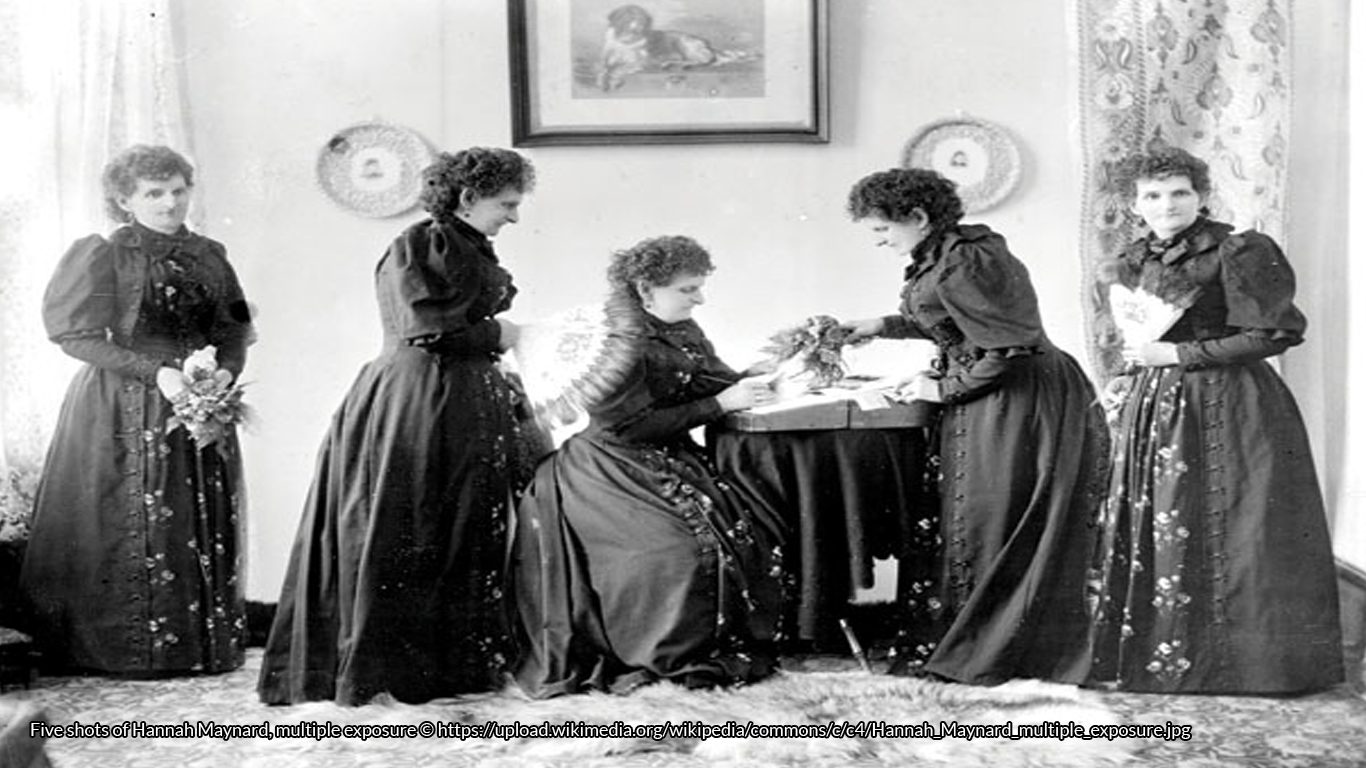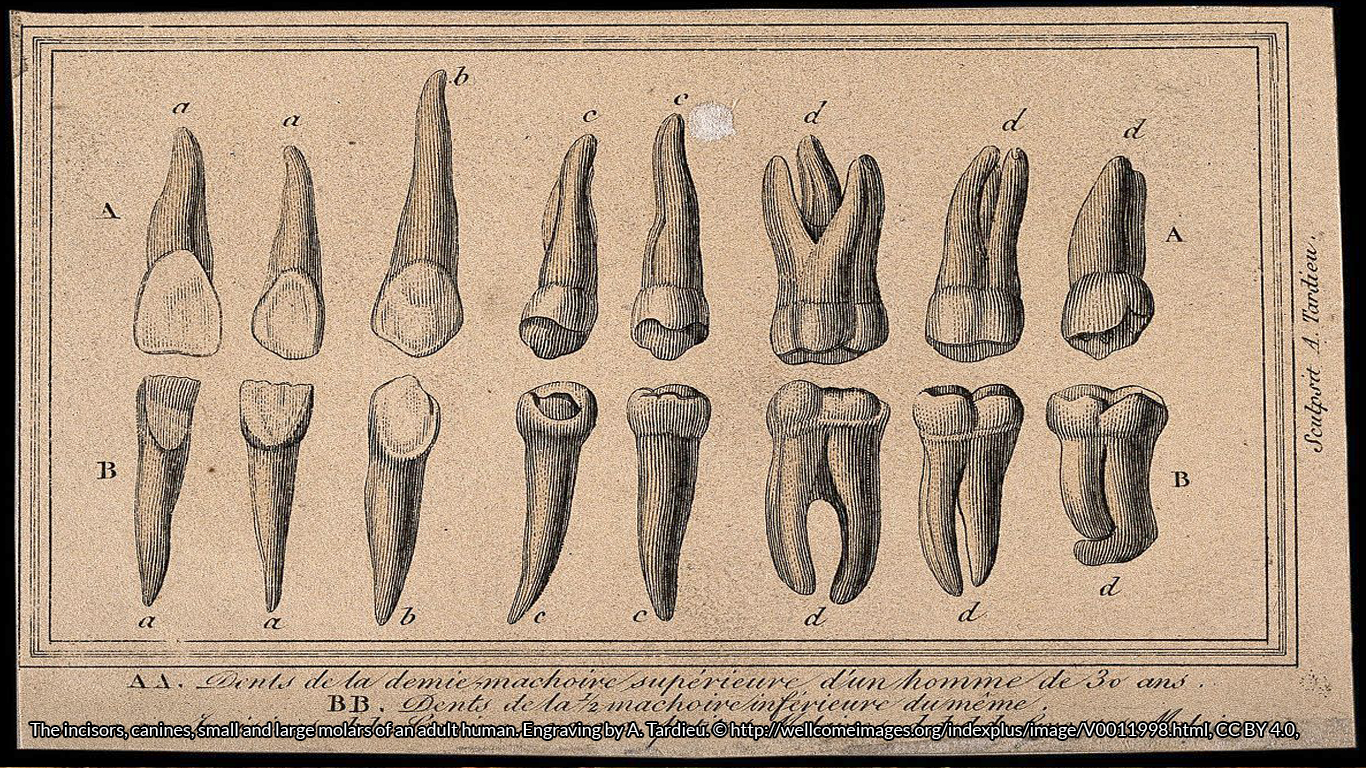If a bouquet of flowers arrives at our door, we’re more interested in who sent them. The Victorians were more concerned with what it meant.
The Victorian language of flowers, also known as floriography, was a way to send messages using specific plants and flowers. Combining different flowers allowed them to send more complex or sophisticated messages.
Let’s look at how this language developed and how to use it.
Why did the Victorian language of flowers develop?
The Victorians were famously ‘buttoned up’, with a strict set of codes that dictated behaviour. Relationships between people were particularly subject to rules, with would-be couples unable to say what they wanted to say.
That said, the Victorians were nothing if not innovative. The language of flowers became a way to pass messages in a subtle, discreet way. I have seen people refer to it as a ‘secret’ language, but I’d dispute this. After all, if people could access lists of flower meanings, it hardly becomes rocket science to decode the message. It was more important as a way to ‘say’ something without saying it aloud or in writing. Floriography is more of a set of gestures than a ‘language’.
Floriography also became a way to add symbolism to artistic creations. Flowers mentioned in novels took on new significance, sometimes lost on modern readers. The Pre-Raphaelite Brotherhood, the group of artists who reached back to the apparent purity of art before Raphael, added extra messages to their paintings by including specific flowers.
For example, in Frederick Sandys’ painting Vivien, he includes daphne, which represents coquetry and the desire to please. Yet its toxicity reflects the dangerous femininity of Vivien herself. Again, such meanings may be lost on the modern viewer, but they add a depth to the paintings that can be fun to unravel.
Who created the language?
It’s difficult to pinpoint a specific creator since flower meanings shifted over time and between countries. No one sat down and decided to ‘invent’ a language based on these meanings.
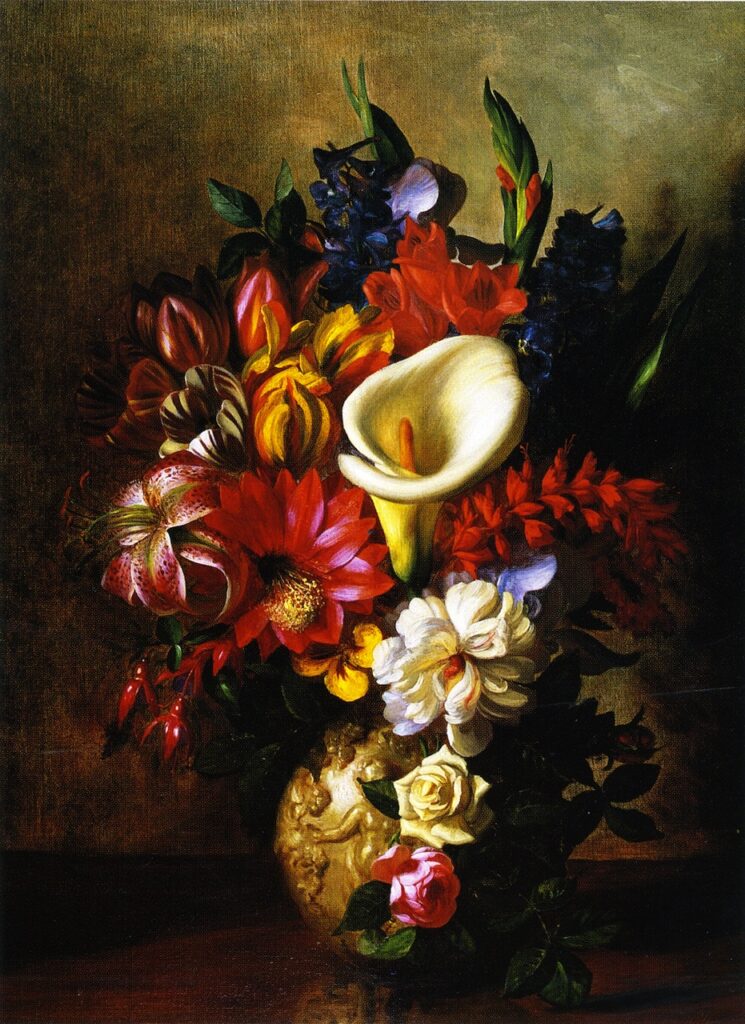
While not its creator, a key figure in the development of floriography was Lady Mary Wortley Montagu. The wife of the British ambassador, Lady Montagu lived in Turkey in the early 1700s. She wrote letters home about selam. According to her, this was a way the harem ladies who passed secret messages to their lovers. Rather than sending notes, which could be intercepted, they sent flowers as part of this language.
Or did they? Many have since noted that selam was a rhyming game, not a secret flower language. Montagu either misunderstood what she was, or she romanticised it for her readers. History is littered with examples of a story making a better option than the truth. The publication of her embassy letters caught the public imagination. They seized on the idea of sending messages using flowers, especially given its apparently exotic origins.
The Language of Flowers Arrives
Publishers began printing flower dictionaries, notably one by Louise Cortambert (writing as Madame Charlotte de La Tour) in 1819. In Le langage des fleurs, Cortambert notes that “the language of flowers was known to the ancients”, and suggests the Greeks sent secret messages through flowers. She also continues the belief in Eastern practices of flowers used as love notes. However, Cortambert added an extra element, saying that “the significations of the different flowers are changed” to help keep the messages secret.
Some of the meanings came from the legends and lore surrounding the flowers. Others came from their medical properties. An old medicinal idea known as the ‘doctrine of signatures’ held true that a plant looked like the part of the body it could help. Therefore, walnuts represented intellect since they resembled brains.
Sometimes the meanings make sense, like poppies to represent ‘sleep’, referring to its soporific qualities. That said, Cortambert says poppies represent “consolation”.
Other dictionaries followed, many adding illustrations to the books. Routledge published The Illustrated Language of Flowers, compiled by Mrs L. Burke, in 1858. This dictionary works both ways: the first half features flowers and their associated meanings, while the second half lists common messages and the associated flowers. This makes it easier to decide what flowers to send, or to decode the message.
According to Patricia Telesco, most people consulted a book by Miss Corruthers of Inverness from 1879. Telesco doesn’t name this book, but a swift Google search reveals it to be Flower Lore: The Teachings of Flowers, Historical, Legendary, Poetical & Symbolical by Miss Carruthers.
Her book is an impressive compendium of flower folklore, combining more in-depth articles about the flowers with a ‘dictionary’ at the back. Each flower comes with its established ‘keyword’, along with its lore.

So how did you send a message using flowers?
It all came down to the meanings, which are what makes floriography so exciting – and complicated in equal measure. I might want to tell someone I need my own space, though I’m sad about this, so I might mix heath (solitude) with yew (sorrow). Though I can also send mean messages, with plants like hortensia (You are cold), sweet-scented tussilage (justice shall be done to you), or wild tansey (I declare war against you).
Senders had to be mindful of both the meaning of each flower, and its position in an arrangement. This was largely how you ‘wrote’ a sentence. Not only that, but some flowers had multiple meanings. Samantha Gray gives the example that white lilies meant virginity, majesty, and purity. How to be sure you sent the right message? The recipient needed to look at each flower in the arrangement to work out the bouquet’s context. Only then did the meaning become clear.
Consulting Mrs Burke’s volume makes the flower choice slightly easier, since she states the imperial lily means majesty, while the white lily represented purity. Getting specific was clearly beneficial. A casual browse of the flowers available is mind-boggling since many plants are unfamiliar today. The decline of the Victorian hothouse no doubt contributes to this issue. But it also makes it difficult to make up a bouquet with Interflora if they don’t sell mandrake.
The outbreak of the First World War largely consigned floriography to history. Cultivating the flowers was too time-consuming and as social codes relaxed, the need to send secret messages disappeared.
Yet it’s still a fun way to show people what you’re really thinking or how you feel, even if the recipient never grasps the message. You can even use the meanings to help send a message through the flowers you plant in your garden.
What message would you like to send to the world?
Burke, L. (1858), The Illustrated Language of Flowers, London: G. Routledge & Sons, available here.
Carruthers, Miss (1879), Flower Lore: The Teachings of Flowers, Historical, Legendary, Poetical & Symbolical, London: George Bell & Sons, available here.
Cortambert, Louise (1835), The Language of Flowers, London: Saunders and Otley, available here.
Gray, Samantha (2015), The Secret Language of Flowers, London: CICO Books.
Telesco, Patricia (1994), The Victorian Flower Oracle, St. Paul, MN: Llewellyn.

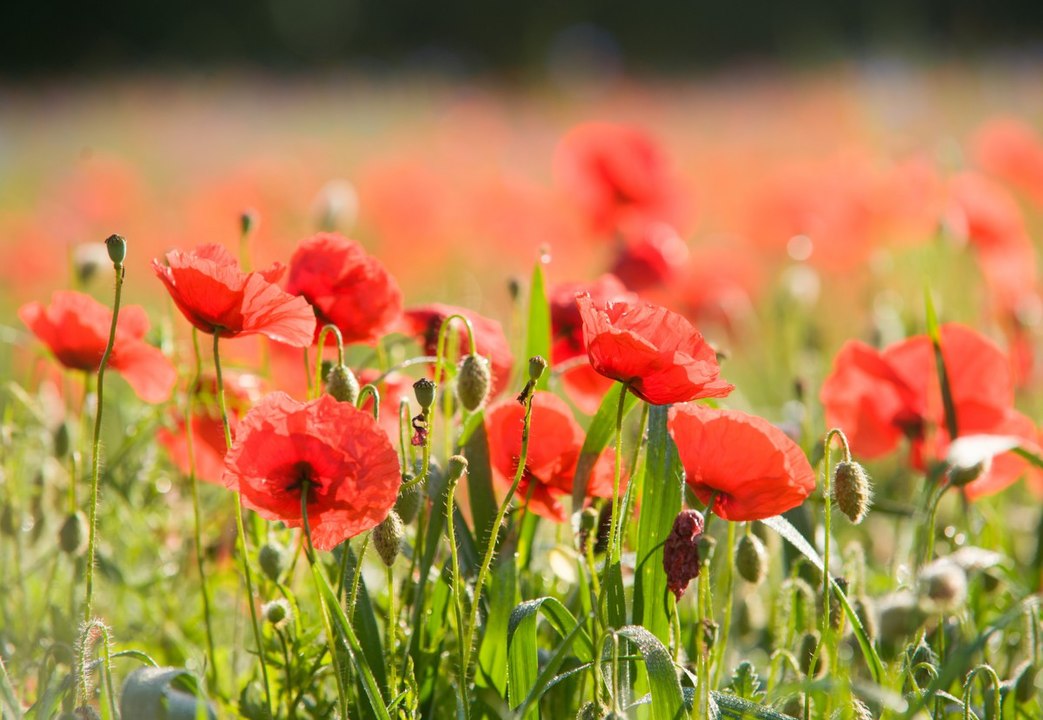

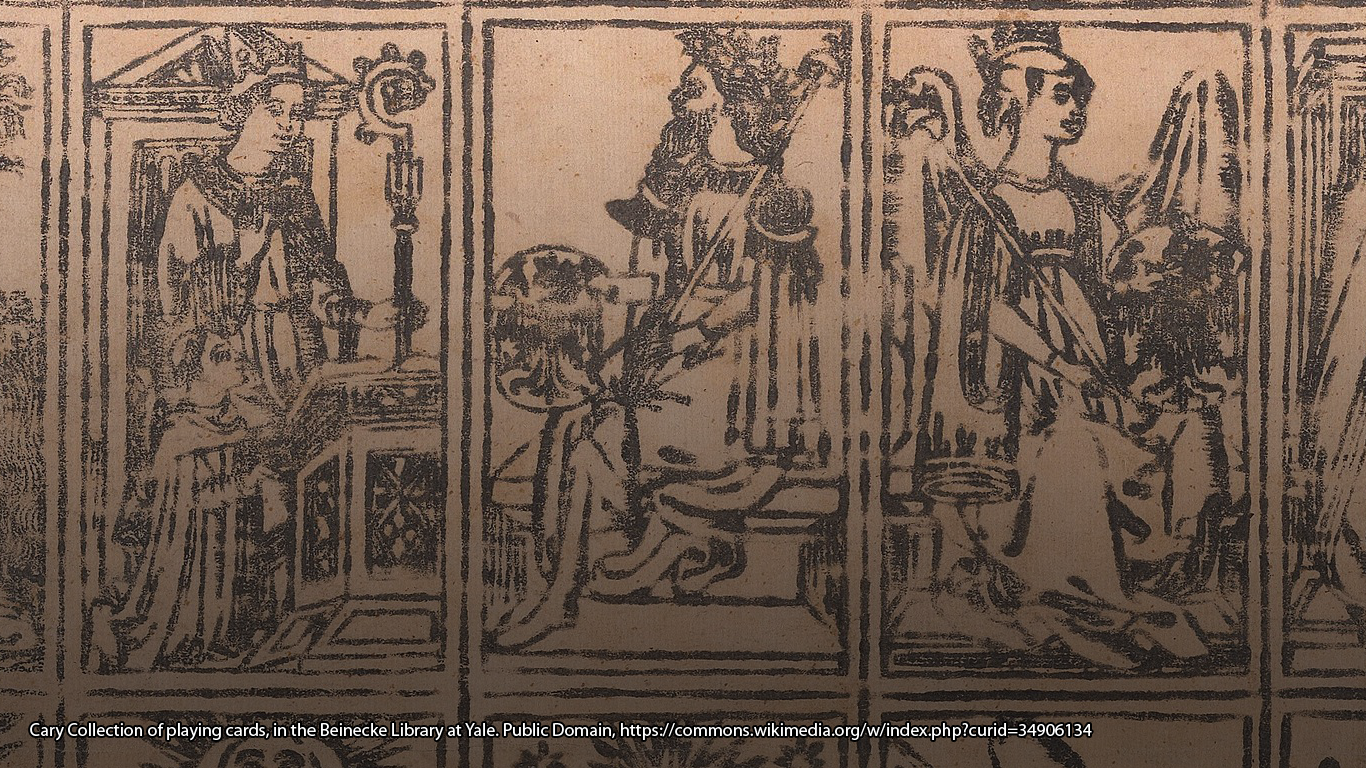
![Lupercalia by Andrea Camassei, c. 1635 [Public domain] https://commons.wikimedia.org/wiki/File:Camasei-lupercales-prado.jpg#/media/File:Camasei-lupercales-prado.jpg](https://folklorethursday.com/wp-content/uploads/2019/02/valentinesday.png)



